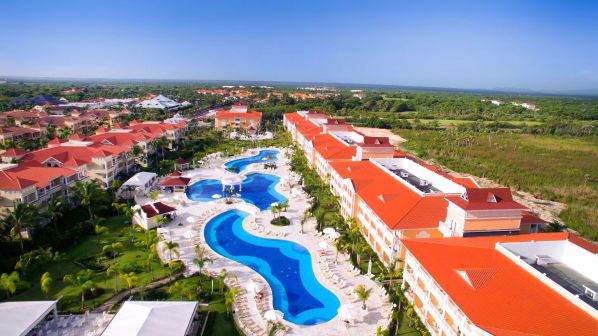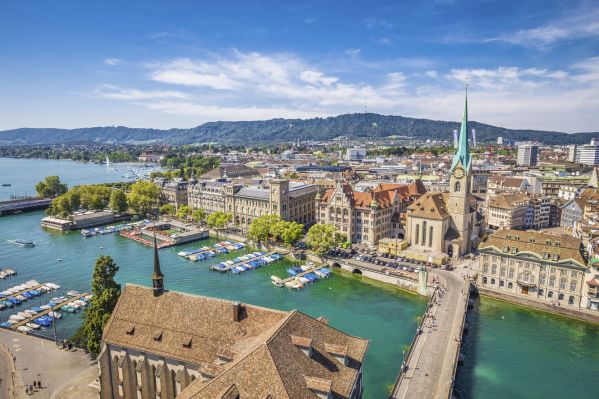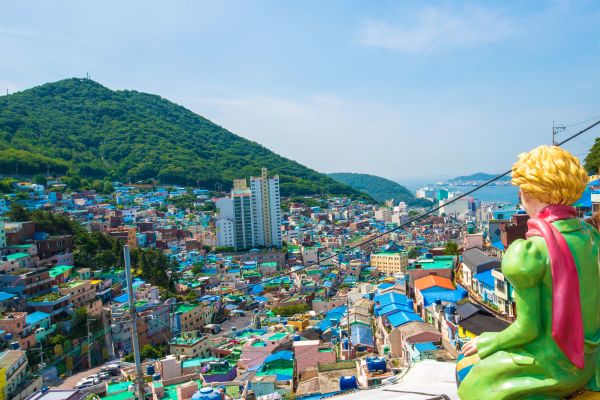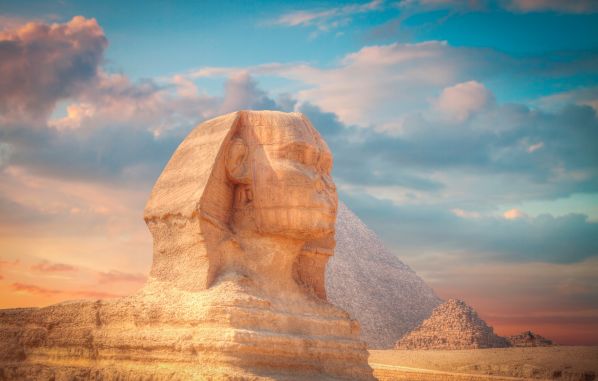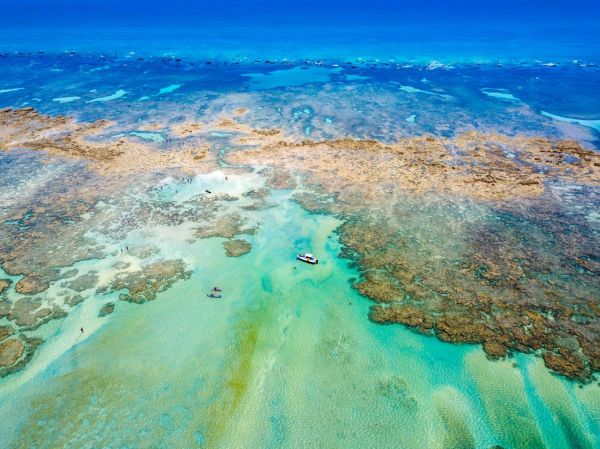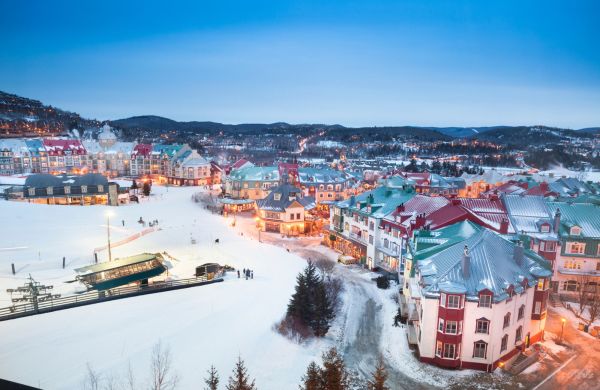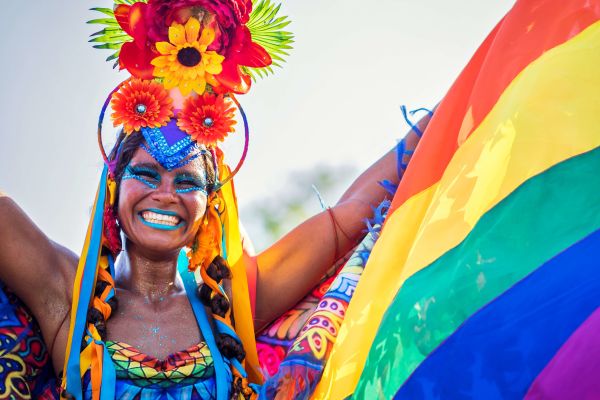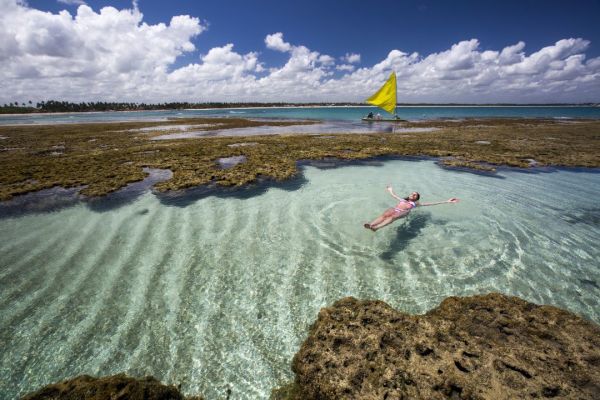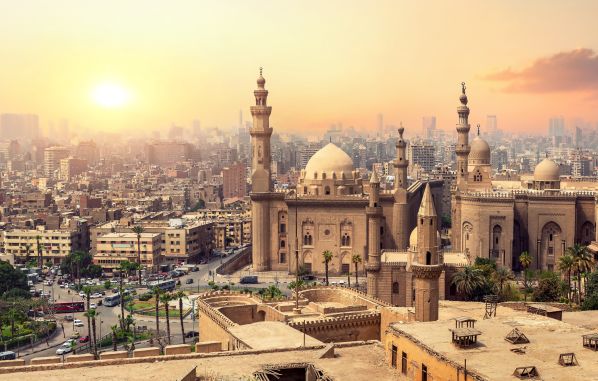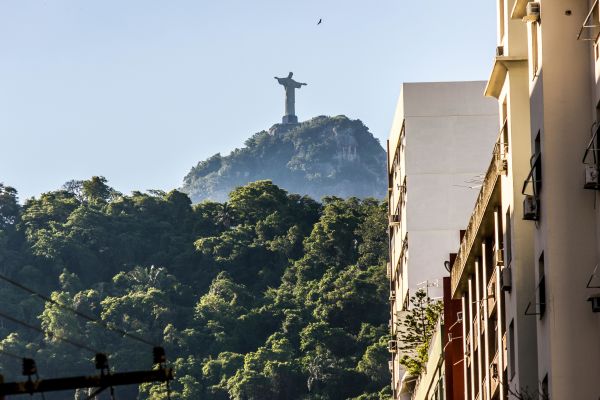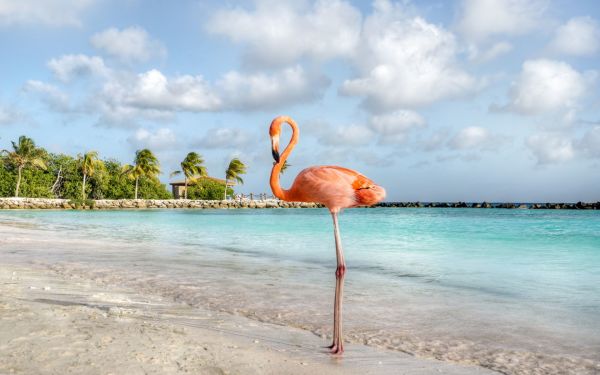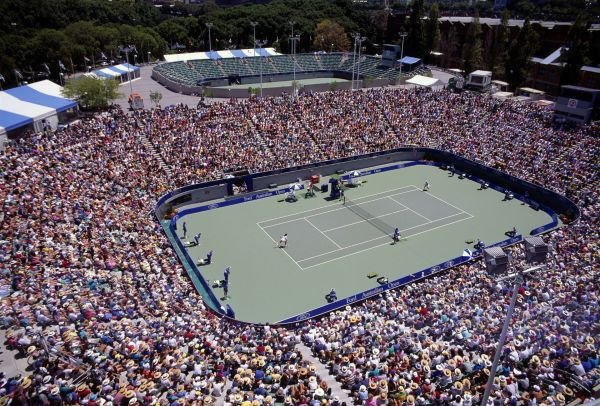5 reasons to visit Rapa Nui, Chile’s ancestral island

Chile, a land of contrasts and natural wonders, is home to a unique and enigmatic island: Rapa Nui , also known as Easter Island. This corner of the South Pacific sparks the curiosity of travelers from around the world, offering a journey through time between its ancient history and the vibrant present that characterizes it. Is it South America? Is it Oceania? It is, simply, Rapa Nui .
Rapa Nui could be your next destination. Located in Polynesia, about 3,700 kilometers west of the Chilean coast, it belongs to the Valparaíso Region. The origin of its name is as striking as the island itself, since "Rapa Nui" means "big island" in the local language. This makes sense given its 163.6 square kilometers, making it the largest of Chile's insular territories.
Discovered by the Dutch navigator Jacob Roggeveen on Easter Sunday in 1722, the island earned its Western name, Easter Island. This chance encounter marked the first contact between Europe and the culture of the Rapa Nui people, who in recent years have succeeded in having their territory recognized by its original name, Rapa Nui .
Hanga Roa, the moai and the treasures of Rapa Nui
The island's capital, Hanga Roa , stands out as the heart of Rapa Nui. Its dusty streets and picturesque harbor offer a glimpse into local life. The fusion of modernity, local traditions, and the aroma of local cuisine is captivating.

Meanwhile, the mysterious moai , stone giants that guard the island from Rapa Nui National Park, a UNESCO World Heritage Site, are silent guardians of the rich history of this fascinating place. Meticulously carved and erected on ceremonial platforms like Ahu Tongariki and Ahu Akivi, these colossal statues bear witness to an ancient civilization that built them from volcanic rock.

On the island, you can also visit the Rano Raraku quarry and extinct volcano, where most of the moai were carved. Many of the unfinished statues are still there, offering a unique glimpse into the carving process.
Similarly, you can admire the archaeological site known as Orongo , which means "The Call ." It features petroglyphs and ceremonial structures and was used to celebrate the annual birdman competition, an important ritual in Rapa Nui culture.

Of course, with its coastline, Easter Island's beaches are another major tourist attraction. At Anakena and Ovahe , visitors can enjoy crystal-clear waters and white sand. The island also boasts stunning natural landscapes, such as the Rano Kau volcano.

Here are five reasons to visit Rapa Nui and have an unforgettable vacation .
1. Sunrise in Tongariki and sunset in Tahai
Nothing compares to the experience of witnessing the sunrise at Tongariki , where the moai stand silhouetted against the radiance of the rising sun. Likewise, sunset at Tahai offers a magical sight, with the moai silhouetted against the sky in shades of gold and pink. These moments become unforgettable, imbued with the mystical essence of Rapa Nui.

2. The most delicious tuna of your life
The island captivates not only with its landscapes but also with its exquisite cuisine. Fresh tuna , caught by local fishermen, is a delicacy that wins over the palates of all who taste it. In Hanga Roa's restaurants, this delicacy is served in a variety of ways, from sashimi to dishes prepared using traditional techniques.

3. One of the best places in the world for diving
Rapa Nui is home to an extraordinary underwater world . The crystal-clear waters surrounding the island are a paradise for diving enthusiasts. The coral reefs, underwater caves, and diverse marine life make this destination one of the best places in the world to dive and explore the wonders of the ocean.

4. The Tapati Festival and cultural exchange in Rapa Nui
The Tapati Festival , held annually in February, is an explosion of color, music, and dance. During this festival, the people of Rapa Nui participate in competitions that highlight ancestral traditions, fostering a unique cultural exchange with visitors. It's an opportunity to immerse yourself in the authenticity and vibrancy of the Rapa Nui community.

5. Anakena Beach, the most paradisiacal waters in Chile
The turquoise waters of Anakena Beach seem painted by the hand of a celestial artist. The palm trees lining the shore and the white sand offer an idyllic setting for relaxation. Immerse yourself in these paradisiacal waters and experience the tranquility that only Rapa Nui can provide.

Have you packed your bags yet? You'll love Rapa Nui!
You might also be interested in: Sakura: The pink magic of Japan when the cherry blossoms bloom

